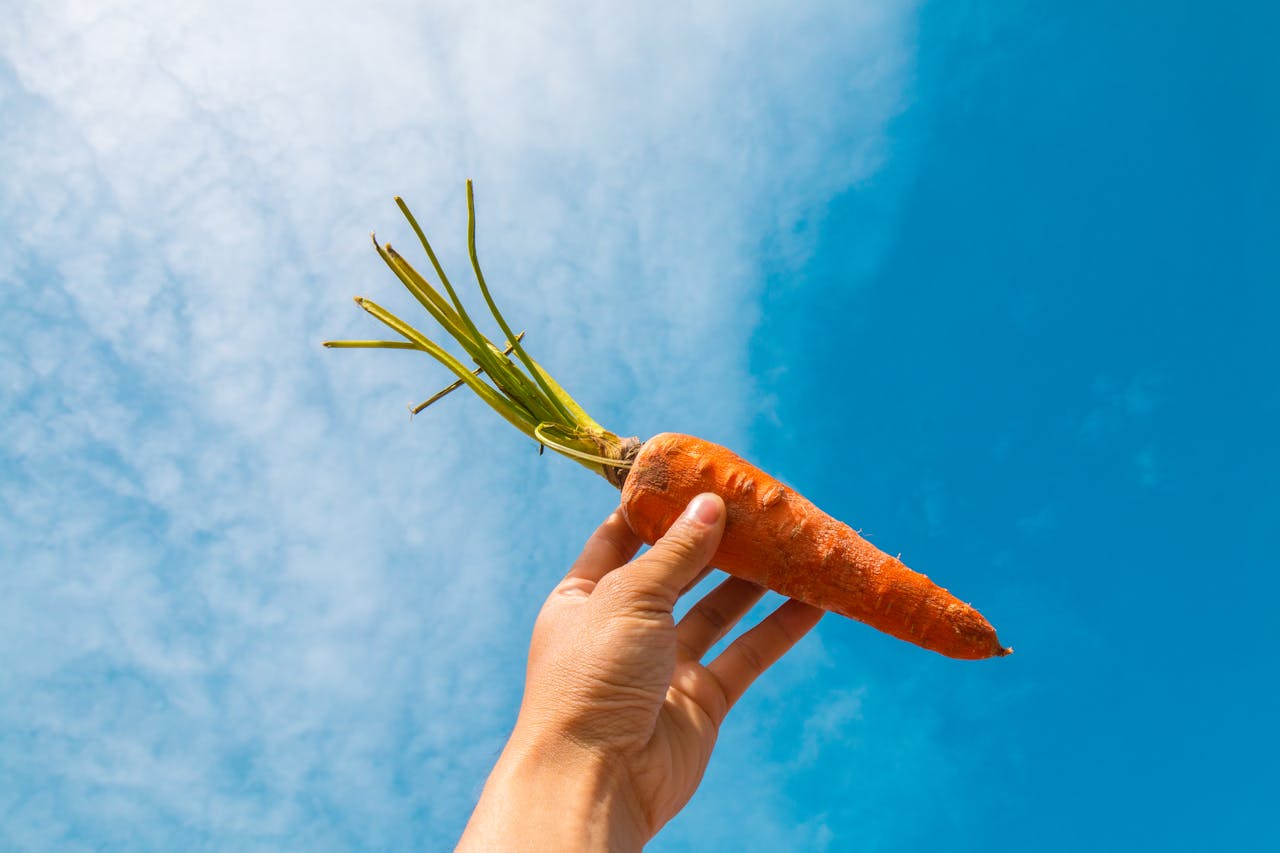A Comprehensive Guide to Growing Carrots from Seed
Growing carrots can be a rewarding experience, especially when you follow the right steps to ensure optimal conditions for their growth. Here’s a detailed guide on how to plant, care for, and harvest carrots.
Preparing the Soil
Before planting carrot seeds, it is crucial to prepare the soil properly. Carrots thrive in deeply worked, well-composted, loose soil with a pH range of 6.0 to 6.8[1][4][5].
- Start by loosening the top layer of the soil. While tilling or cultivating is not necessary, raking through the soil with your fingers to remove any large pieces of debris is essential[2].
- Work the soil deep, ideally 12-16 inches deep, to create a fine texture. This helps prevent cloddy, heavy soil that can cause forked or misshapen roots[4].
- Remove stones, pebbles, and any other objects that could obstruct the growth of straight roots. Raised beds and deep grow bags are excellent options for managing the soil effectively[1].
Planting Carrot Seeds
Timing
Carrots can be planted in the spring for an early summer harvest or in late summer for a fall harvest. For a spring harvest, sow seeds two to three weeks before the last frost date. For a fall harvest, plant seeds about 10 weeks before the first frost date[1][5].
Sowing
- Saturate the soil with water before planting the seeds to avoid them washing away into low areas[2].
- Plant the seeds 1/4 inch deep and about 1-3 inches apart in rows that are 9-16 inches apart[4][5].
- Press each seed individually into the soil, and if multiple seeds are dropped, thin the row later as the plants grow[2].
Succession Planting
For a continuous harvest, consider succession planting. Follow up the initial planting with another batch of seeds three weeks later[1].
Care and Maintenance
Watering
- Maintain even watering to prevent soil crusting and ensure the roots grow straight. Avoid split roots by keeping the soil consistently moist[4].
- Hill 1-2 inches of soil around the crowns of the plants when they have 7-10 leaves to prevent green shoulders[4].
Sunlight and Temperature
- Carrots prefer full sun to light shade. The optimal soil temperature for germination is between 45°F and 85°F, though the soil should be 70°F or cooler as the carrots grow[1][4].
Fertilizer and Manure
- Avoid applying manure before planting carrot seeds, as it can cause the carrots to develop multiple roots. Instead, use well-rotted compost to enrich the soil[1][5].
Thinning and Pest Control
Thinning
- Thin the carrot seedlings to about 1-3 inches apart when they are 4 inches tall to give the remaining plants enough space to grow[4].
Pest and Disease Control
- Use row covers at planting to control common insects like the carrot fly. Implement a 3-4 year crop rotation to prevent diseases such as various blights[4].
- Keep an eye out for signs of diseases like Alternaria blight, black rot, and powdery mildew, and use resistant varieties if necessary[4].
Harvesting
Timing
- Carrots are best harvested when they are 1/2 to 3/4 inches in diameter. For fall and winter crops, the flavor is enhanced after a couple of frosts[4].
Technique
- Irrigate the soil well before harvest to ensure the roots have absorbed their maximum capacity of water.
- Carefully dig up the carrots to avoid damaging them. Cut the tops off before storage[4].
Storage
- Store carrots at 36°F and 95% relative humidity. In harsh climates, mulch the soil with straw to protect the roots during winter[4].
Most Important Facts About Carrot Seeds
- Soil Preparation: Carrots need deeply worked, well-composted, loose soil with a pH of 6.0-6.8. Remove stones and debris to ensure straight root growth[1][4][5].
- Planting Timing: Plant seeds 2-3 weeks before the last frost date for spring or 10 weeks before the first frost date for fall[1][5].
- Sowing Depth and Spacing: Plant seeds 1/4 inch deep and 1-3 inches apart in rows 9-16 inches apart[4][5].
- Watering: Maintain even moisture to prevent soil crusting and split roots[4].
- Sunlight and Temperature: Carrots prefer full sun to light shade and soil temperatures between 45°F and 85°F for germination, with cooler temperatures as they grow[1][4].
- Thinning: Thin seedlings to 1-3 inches apart when they are 4 inches tall[4].
- Pest and Disease Control: Use row covers and crop rotation to control pests and diseases[4].
- Harvesting: Harvest when carrots are 1/2 to 3/4 inches in diameter, and store them at 36°F and 95% relative humidity[4].


